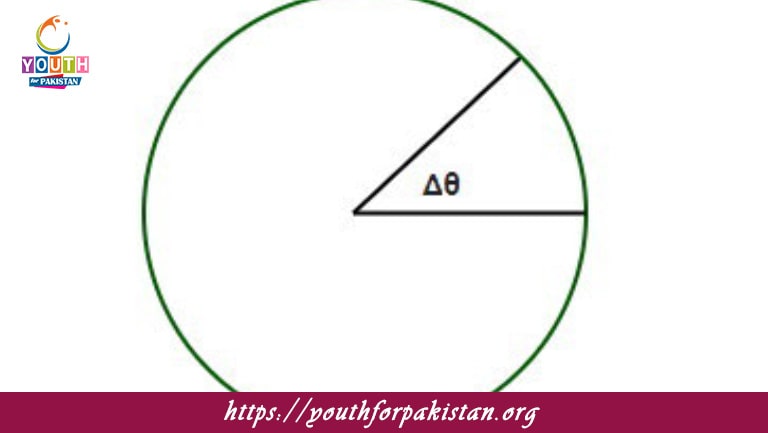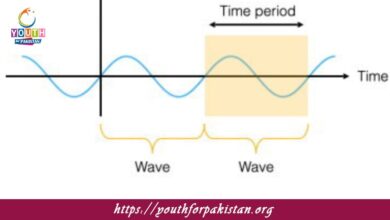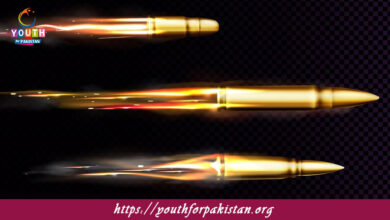In Relation Between Linear And Angular Variables MDCAT Quiz, there exists a fundamental relation between linear and angular variables that enables us to relate the motion of objects in circular paths to their linear counterparts. MDCAT students must understand this relation in order to solve problems relating to rotational dynamics. The basic linear variables involved are displacement, velocity, and acceleration; corresponding to these angular variables are angular displacement, angular velocity, and angular acceleration.
MDCAT Quiz: Linear and Angular Variables
In the MDCAT Quiz, students may also be asked to apply these relationships in problems involving rotational and linear motion. For example, they might be asked to find the linear velocity of an object given its angular velocity and the radius of its circular path. Or they might be required to convert angular displacement into linear displacement or angular acceleration into linear acceleration. These problems check the ability of students to switch between linear and angular variables and apply the correct formulas to arrive at the solution.
- Test Name: Relation Between Linear And Angular Variables MDCAT Quiz
- Type: Quiz Test
- Total Questions: 30
- Total Marks: 30
- Time: 30 minutes
Note: Answer of the questions will change randomly each time you start the test, once you are finished, click the View Results button.
0Get Your Username and Password for MDCAT Tests
Sign Up Now
Free Flashcards for Linear and Angular Variables
Free flashcards, especially those dealing with the relation between linear and angular variables, are a very good study tool for MDCAT students. These flashcards may contain important formulas, practice problems, and examples of how to convert between linear and angular quantities. By regularly going through these flashcards, students can strengthen their understanding of rotational motion and be well-prepared to solve related questions in the MDCAT Quiz. Flashcards are an effective way to master this crucial concept and improve performance in the exam.

What is the formula to relate linear velocity (v) and angular velocity (ω)?

What is the formula for linear acceleration (a) in terms of angular acceleration (α)?

What is the unit of linear velocity?

What is the relationship between angular displacement (θ) and linear displacement (s)?

How do you calculate the angular velocity (ω) from linear velocity (v) and radius (r)?

What is the unit of angular velocity?

What is the relationship between linear speed (v) and angular speed (ω)?

How do you calculate the centripetal force (F) in terms of angular velocity (ω) and radius (r)?

What is the relation between linear velocity and angular displacement?

How is angular velocity (ω) related to the time taken for one complete revolution (T)?

What is the relation between angular acceleration (α) and linear acceleration (a)?

How is angular velocity (ω) related to linear velocity (v) and radius (r)?

What is the formula to relate angular acceleration (α) and linear acceleration (a)?

What is the relation between torque (τ) and angular acceleration (α)?

How do you convert angular velocity from rad/s to rev/s?

What is the formula to relate linear momentum (p) and angular momentum (L)?

What is the relation between the moment of inertia (I) and linear velocity (v)?

What is the formula for centripetal acceleration (a_c)?

How is angular displacement (θ) related to time (t) and angular velocity (ω)?

What is the relationship between linear acceleration and angular acceleration?

How do you calculate the linear speed from the radius (r) and angular speed (ω)?

What is the relation between angular displacement (θ) and angular velocity (ω)?

What is the formula for angular acceleration (α) in terms of angular velocity (ω) and time (t)?

How do you calculate the angular velocity from linear velocity (v) and radius (r)?

What is the formula for the linear displacement (s) in circular motion?

How do you convert angular acceleration from rad/s² to rev/s²?

What is the formula to calculate linear momentum from angular momentum?

How is linear speed (v) related to angular velocity (ω) and radius (r)?

How do you calculate the moment of inertia (I) from mass (m) and radius (r)?

How do you calculate the linear acceleration from angular acceleration (α) and radius (r)?
Experience the real exam environment with our expertly designed collection of over 25,000 MCQs MDCAT Mock Tests.
View Your Dashboard







